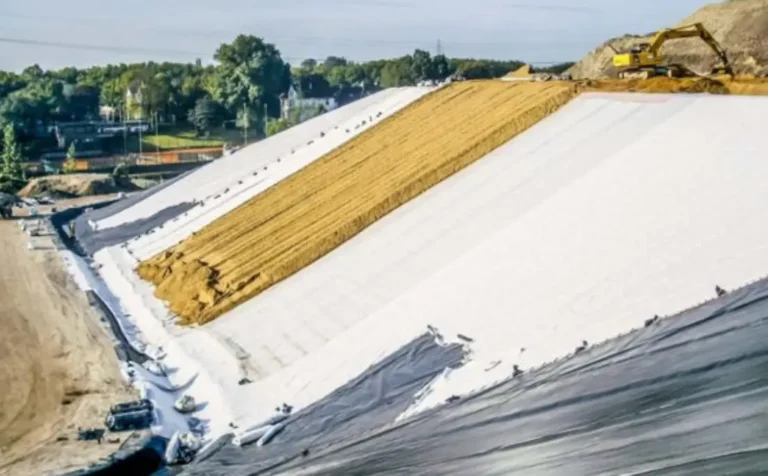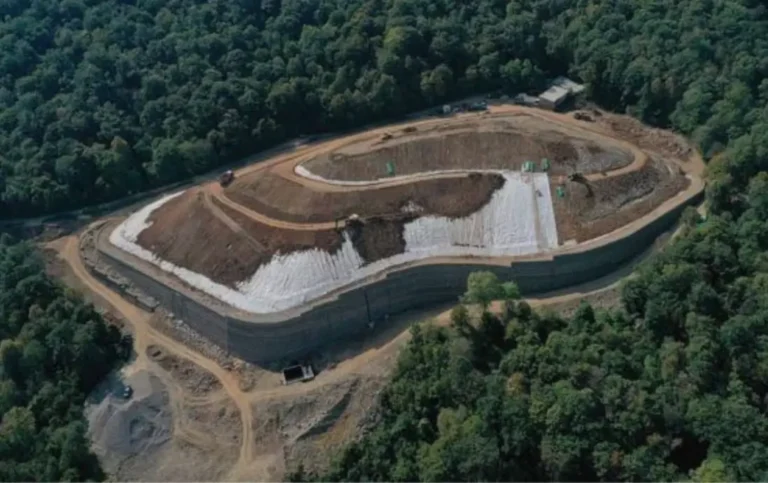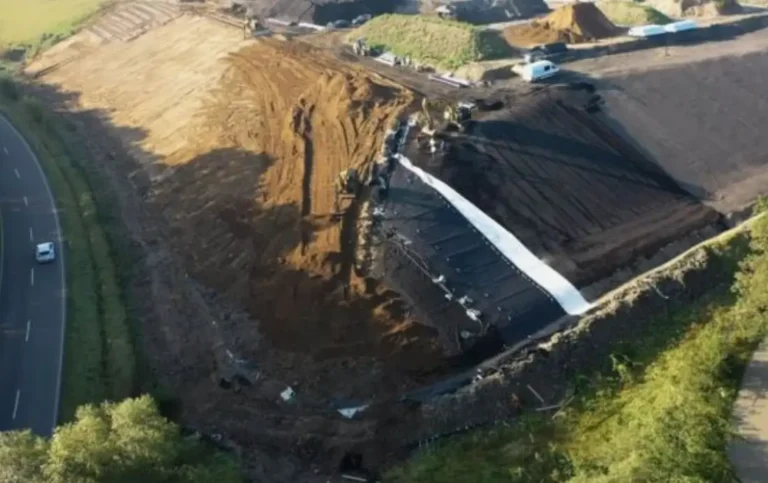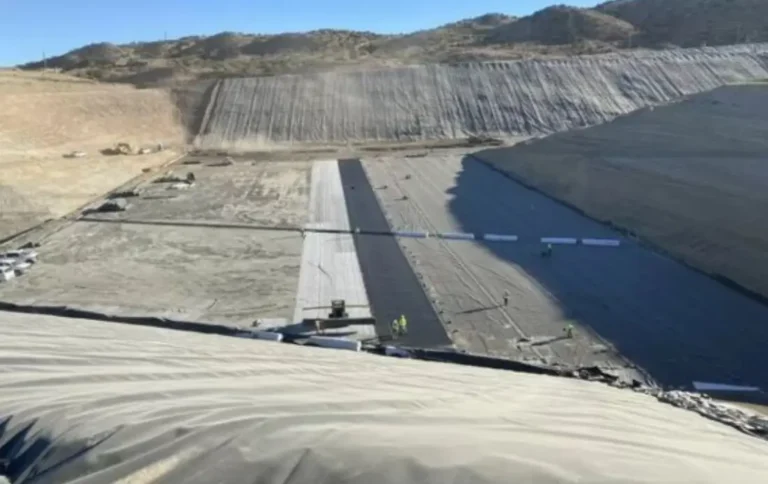Landfill
Services on Landfill
In landfills, By offering durable, affordable, and eco-friendly options, geosynthetics have transformed landfill engineering. Their inclusion in landfill construction and operation has greatly enhanced waste containment systems, supporting sustainable waste management techniques and protecting the environment and public health.
Advantages of Geosynthetics for Landfill Uses
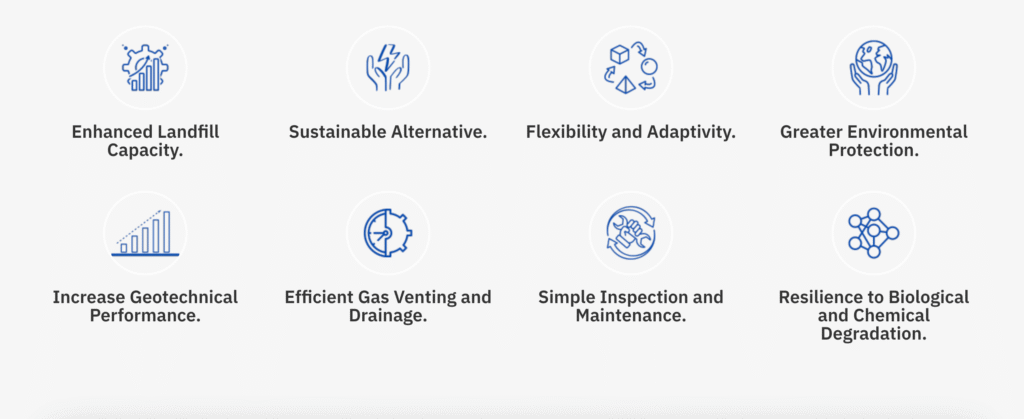
Capabilities of Geosynthetics for Landfill.
Geomembranes
Landfills frequently use geosynthetic geomembranes as their lining since they are frequently made of high-density polyethylene (HDPE).
Geotextiles
For purposes of separation, filtration, and drainage in landfill systems, geosynthetic geotextiles, typically comprised of woven or nonwoven polypropylene or polyester fibers, are used.
Liner Systems
As a barrier, they stop contaminants and landfill leachate from escaping.
Gas Management
As a consequence of the breakdown of organic waste, these systems trap and regulate the release of landfill gases, usually methane.
Erosion Control
On landfill slopes and cover systems, geosynthetics—including erosion control blankets and mats—are utilized to stop soil erosion and shield against surface runoff.
Cap Systems
The building of final cover systems for landfills makes use of geosynthetics. They support the growth of plants, act as a barrier against infiltration, and lower the landfill’s need for ongoing management.
Reinforcement
In the construction of landfills, weak or unstable soil layers can be reinforced using geosynthetics like geogrids and geotextiles. They increase the soil’s stability and capability for bearing weight, enabling the development of taller and more effective landfill cells.
Monitoring and Detection
To track landfill behavior, gauge pressures, and find leaks, geosynthetics can be connected with monitoring systems.
One Stop Geosynthetics Manufactry Leader
Lianyi is a trusted geosynthetic manufacturer for over 10 years with our expertise and vast knowledge in the industry.

